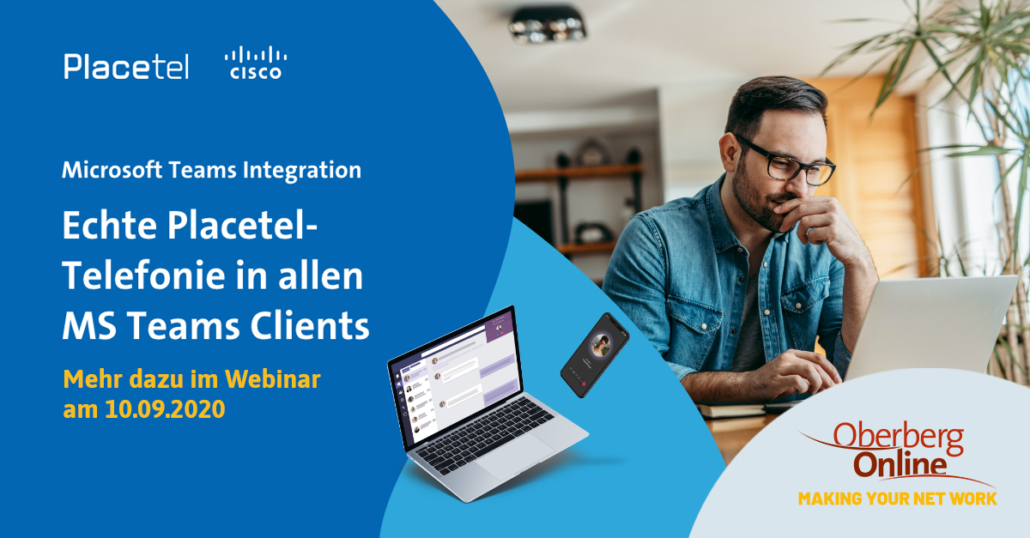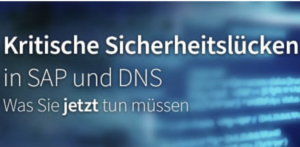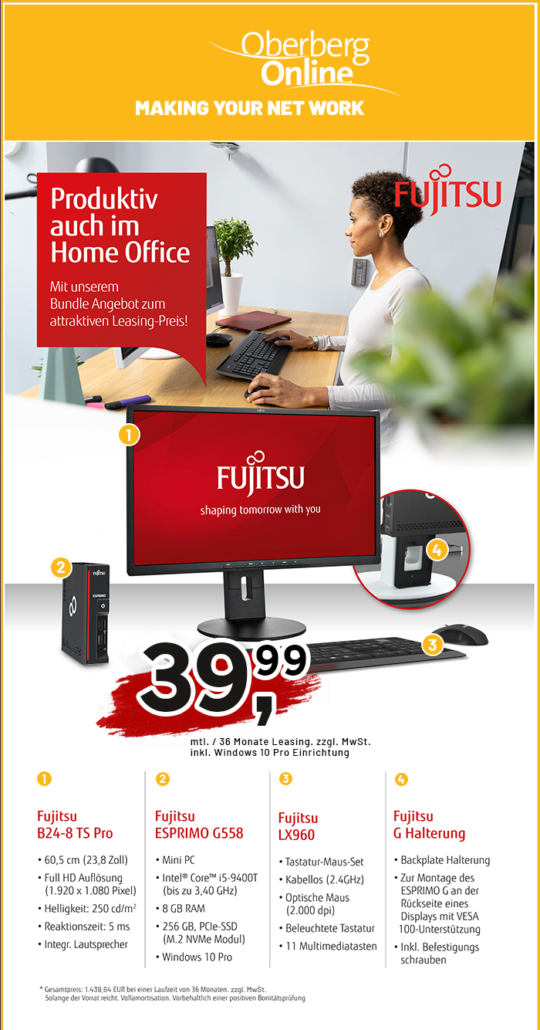By Hazel Burton With the job that I have, I’m incredibly lucky in that I get to meet some truly fascinating people. Most recently, I got to meet someone who I know is going to have a lasting impact on me for many years to come.
That person is Theresa Payton, whom I interviewed for the latest episode of the Cisco Security Stories podcast. Theresa was named one of the top 25 Most Influential People in Security by Security Magazine, and she is one of the most respected authorities on security and intelligence operations. Her story is a fascinating one, and its one that she tells very humbly, and with many measurable insights and reflections.
Theresa was the first female CIO of The White House, taking up the post in George W Bush’s second term (although when she was first offered the role, she thought it might be a social engineering attempt!). As a preview, here’s Theresa talking about what the role meant to her to Cybercrime Magazine:
Theresa also starred in CBS‘ ‘Hunted‘ TV series, which gives ordinary citizens to chance to try and evade police capture. She ran the intelligence operations side – organising and collecting data in a way that would be most helpful and informative to the field team.
What really came across very strongly during our chat, was the fact that Theresa is very passionate about protecting people’s right to online privacy. She has co-authored two books which are focused on helping others learn how to protect their privacy online. Her third book is called ‘Manipulated: Inside the cyberwar to hijack elections and distort the truth‘ which is coming out on 22nd April, and we talk in quite a bit of detail about the topic of hijacking elections and what people can do to protect their voting rights.
Theresa also helped to set up the Linkedin group ‘Help a sister up‘; a rallying point and iniative for both men and women to promote and support women in cybersecurity.
Also in this episode of Security Stories, Ben and I chat about ‘credential dumping‘ which is the topic of Ben’s latest threat of the month blog. Credential dumping is an increasingly popular technique whereby an attacker scours a compromised computer for credentials in order to move laterally and/or carry out further attacks.
And finally, our ‘On this Day‘ feature takes us back to 1993, and the announcement of the ‘Clipper chip‘, which was designed to enhance the security of communications devices. It’s a really interesting story that addresses people’s right to privacy and the balance with surveillance, so stay tuned for that.
You can listen and subscribe to the Security Stories podcast on Apple Podcasts, Spotify, Google Podcasts, Stitcher, or wherever you get your podcasts. Or listen via the embed link below!
The post Security Stories Episode 3: Protecting Democracy, and Learning How to Spot Online Manipulation Tactics with Theresa Payt … appeared first on Cisco Blogs.
Source:: Cisco Security Notice













